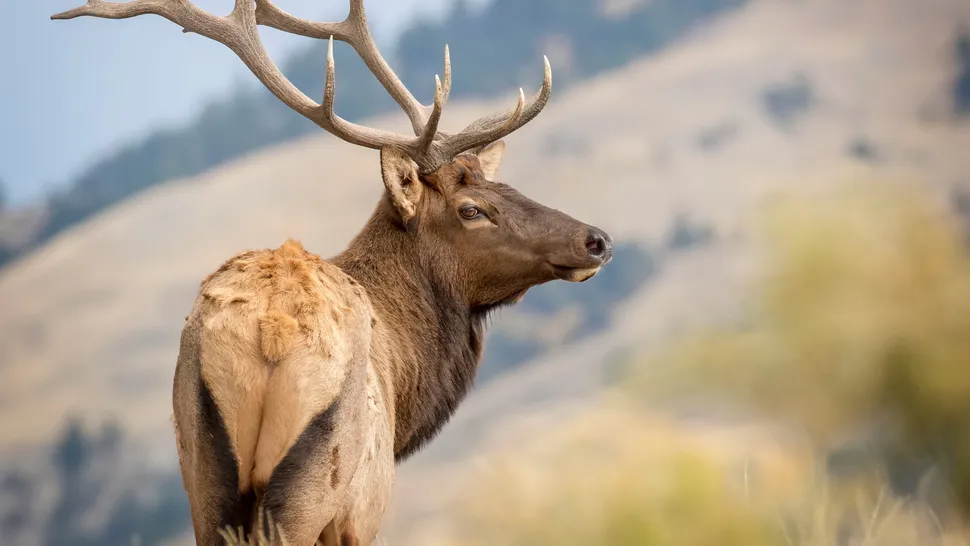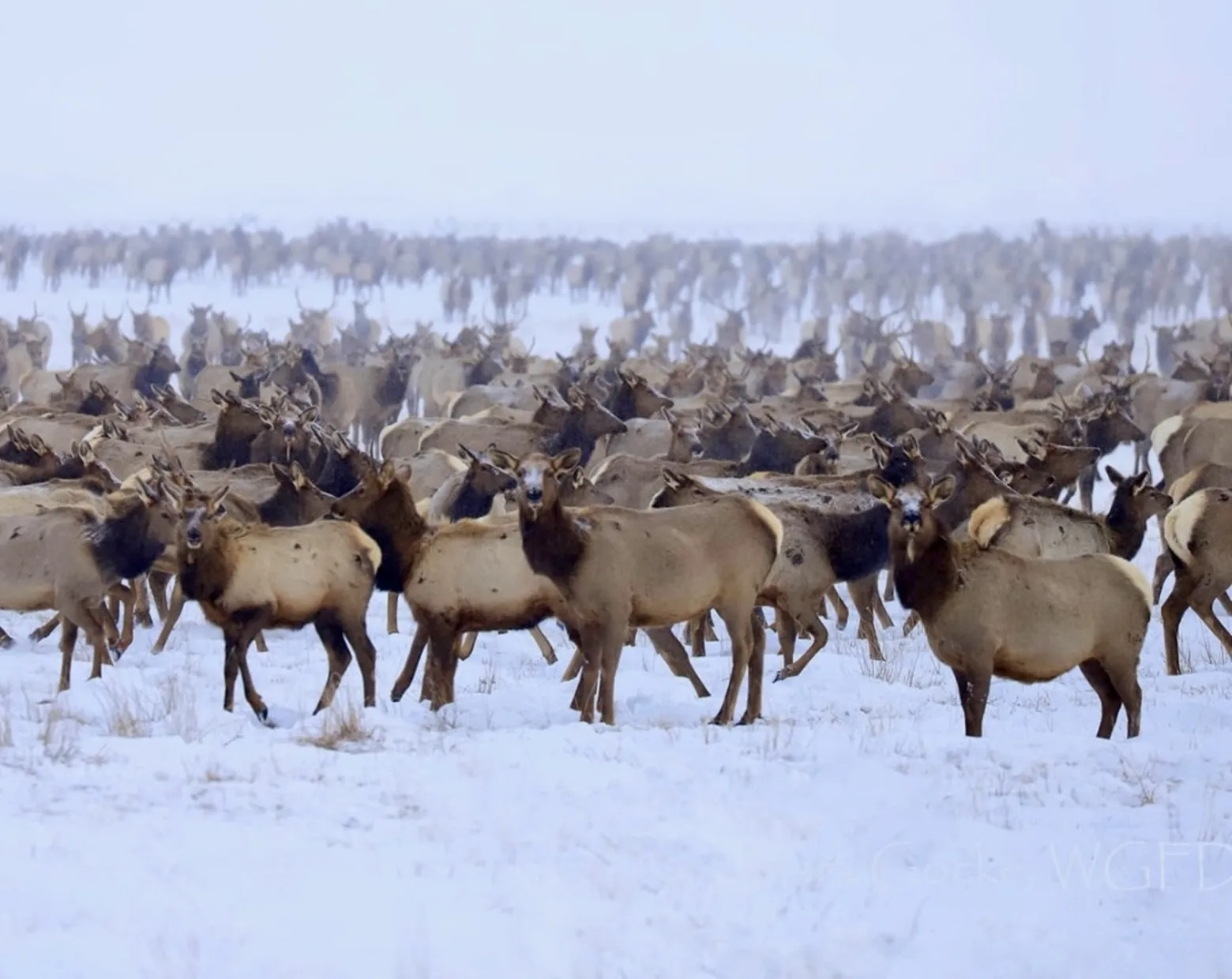After decades of debate and advocacy, the Tule elk of Point Reyes National Seashore will soon be free to roam beyond the confines of their enclosure at Tomales Point.
The National Park Service is preparing to dismantle the two-mile-long, eight-foot-tall fence that has restricted the elk since 1978.
This move comes after extensive public feedback, consultations with the Federated Indians of Graton Rancheria, and a 2023 environmental assessment that concluded the removal would have no significant environmental impact.
Park officials plan to start removing the fence as early as this week, according to spokesperson Melanie Gunn.
The decision follows years of concern from conservationists, who argued that the enclosure limited the elk’s access to food and water, especially during droughts.
Critics highlighted instances such as the 2020 drought when activists had to bring water to the struggling elk, underscoring the enclosure’s impact on their survival.
Originally introduced to the area in the 1970s, Tule elk had nearly disappeared in the 1800s due to overhunting and habitat destruction.
Today, the herd at Tomales Point numbers 315 individuals. Known for being the smallest elk species in North America, male Tule elk can still weigh up to 700 pounds.
Superintendent Anne Altman of Point Reyes National Seashore emphasized the ecological benefits of the fence removal, stating that it would allow the elk to access more habitat, better withstand drought conditions, and experience natural population cycles.
A 2023 environmental assessment echoed this sentiment, noting that the removal would improve the area’s wilderness character and enable elk and deer to move freely in search of resources.
While the enclosure has helped prevent conflicts with cattle grazing lands, advocates argue that restoring natural ecosystems should take precedence.
Even without the fence, it’s unclear how far the elk will roam. Some may stay near Tomales Point, while others could venture beyond their current territory.
The best opportunities to observe the elk remain at Tomales Point, according to Gunn. This long-awaited step marks a shift toward prioritizing ecological balance and species resilience, giving the Tule elk a chance to thrive in a more natural and unrestricted environment!
This article by Trinity Sparke was first published by One Green Planet on 6 December 2024. Image Credit :Harry Collins Photography/Shutterstock.
What you can do
Help to save wildlife by donating as little as $1 – It only takes a minute.






Leave a Reply